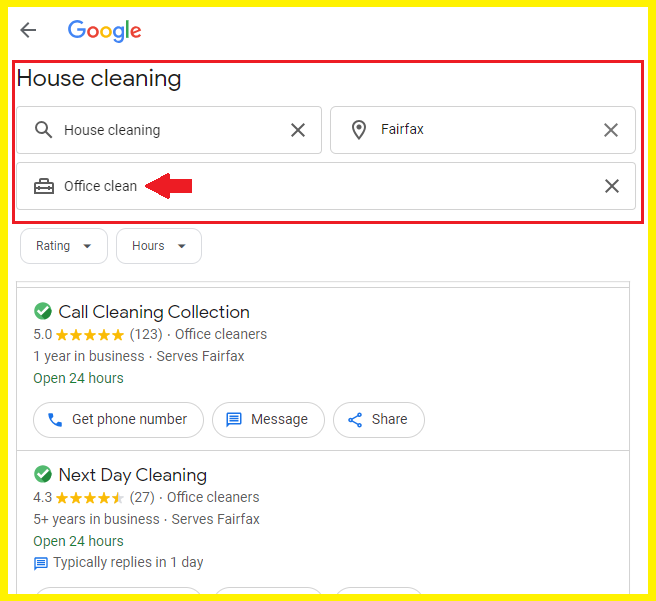Unlocking Sales: How Knowing About Category Constraints in Google Local Services Ads Can Increase Your Leads
Getting your small business noticed is no small feat in digital marketing. You’re investing in organic SEO, local SEO, mobile SEO, pay-per-click ads, lead purchase platforms and social media—all the things you’re supposed to do to get in front of the right people at the right time. But what if there’s something quietly holding you back that you haven’t even considered? That’s where category constraints come in, particularly in Google Local Service Ads (LSAs).
Let’s get straight to the point: category constraints occur when the available industry selections on a platform like Google LSAs don’t match what you actually offer. You’ve seen it if you’re in commercial cleaning. Google doesn’t have a "commercial cleaning" industry category, so you’re forced to choose "house cleaning" instead. This misalignment is causes for most commercial cleaners to avoid using the ad product but secretly it’s your key to visibility and, ultimately, your sales.
The Importance of Research and Continuous Monitoring
Here’s the thing: you can’t solve a problem if you don’t know it exists. Many businesses are completely unaware that their service offering is being misclassified or buried under a industry category that doesn’t make sense for them. This lack of research and continuous monitoring of the digital landscape can lead to missed opportunities—opportunities that could have directly impacted your bottom line.
Knowing that these industry category constraints exist is the first step in turning the situation to your advantage. Once you know, you can take action to make sure your company services get found, even if they’re hidden under the wrong industry label.
Local Services Ads Case: Commercial Cleaning
For example, when you search for "janitorial companies near me Fairfax VA," a Local Service Ad result is triggered. You’ll immediately notice that the LSA category that this search is aligned with is "office cleaners.

When you dig deeper and click on one of the Local Service Ads, you'll be taken to a page that displays more businesses. However, you’ll notice that the primary industry category listed is "house cleaning," with "office clean" as a sub service category.

When you recognize and understand category constraints, you gain a competitive edge. You can position your business more effectively in Google LSAs, which means more leads and more sales. It’s about being strategic, knowing the limitations of the platform, and finding ways to work within those limitations to get ahead.
In a digital world where everyone’s fighting for attention, understanding how category constraints affect your visibility isn’t just nice to have—it’s essential. By turning this awareness into action, you’re not just keeping up with the competition; you’re getting ahead of it.
Note: It’s important to recognize that this is the current situation Google LSA ads present. However, like anything with Google, changes are always on the horizon. It wouldn’t be surprising if, eventually, they start separating residential services from commercial services to better match users with the right providers. This is why it's crucial to continuously monitor these developments to stay ahead and ensure your business is always positioned to be found by those who need your services.




